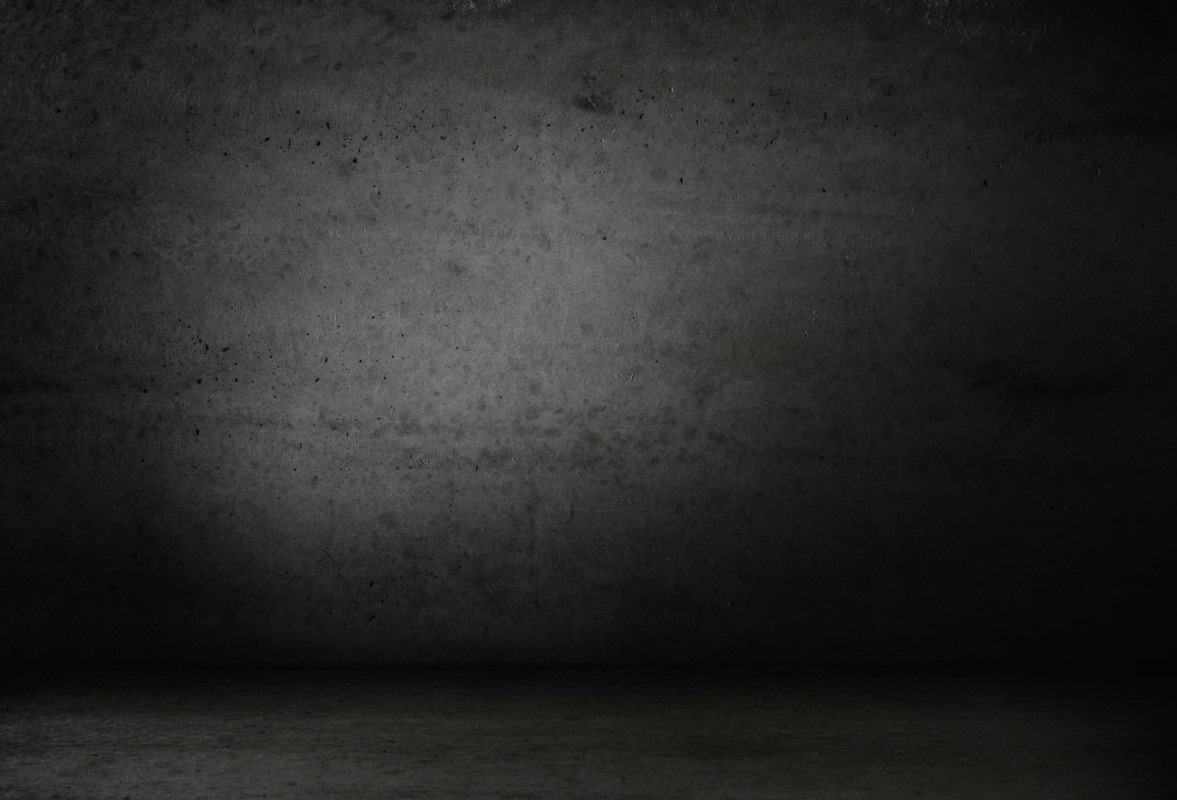

What made you want to become an
illustrator, how did you get started?
I’ve always had a flair for art and I’ve
been drawing continuously since I
was six years old. I started illustrating
more seriously during my studies at
Wolverhampton University, where I read
graphic design. I was given a graphic
tablet by a friend and once I picked it
up - I couldn’t put it down. I started
to push myself after mastering the
basics. Soon after, I was able to find my
own digital style. As my technique and
artwork improved - so did my workload
and demand.
How would you describe your style
and your approach to the work you
do?
Well...at the core of everything, I’m a
massive nerd - the ultimate fanboy. I
read uncountable amounts of comics;
my room has towers of them 10 feet
high! Since childhood, I can always
remember being fascinated with the
characters and stories shown on Fox
Kids TV - Spiderman and X-men being
my favourites. As I grew older, movies
such as Gremlins and The Goonies
were always stuck on repeat. Creative
stories have always unboxed my
own imagination, and this reflects in
my work. Being able to illustrate my
fictional heroes is a dream come true.
Drawing the characters I’ve always
loved, and working within the fictional
world, means I enjoy what I do more -
further fuelling my passion.
Favourite project you’ve ever
worked on?
The very first Blade Runner themed
THREADS box - for sure my favourite
design piece. I’m a massive fan of the
movie. I rewatched the original and chose
some of the less iconic features, such
as the owl with the robotic eye. Using
these elements, I was able to create a
composition I was the most proud of.
What skills do the best
illustrators possess?
Having a creative eye is the most
important thing. I think you need to
dedicate a lot of time to the layout
and the individual imagery of the work
- every element of the picture must
stand out. Create good graphic flows,
think outside the box, and take an
original and distinctive approach to the
drawing. Ken Taylor and Dan Mumford
are both great examples of amazing
illustrators – they’re artistic heroes
of mine. These guys can pick things
out others don’t see, they push the
boundaries.
How would you describe your own
particular style?
I guess my style, is just my style! Of
course, I take lots of inspiration from
other artists and seeing great work
sends my own creative sparks flying
- it can alter my own way of thinking.
It reflects in my imagery. Everyone’s
own style comes from the way they
see the world. My illustrative aesthetic
could probably be described as comic-
inspired. Detailed yet simplistic, smooth
with basic line designs.
Super-Héroïnes P15
@the_zbox
Fantomah
Une super-héroïne qui reste dans
les annales, Fantomah est la toute
première à avoir ses propres comics,
apparaissant pour la première fois dans
Jungle Comics #2 – publié en février
1940. C’était une femme mystérieuse
qui protégeait la jungle où elle vivait,
punissant ceux qui menaçaient
l’environnement avec ses super
pouvoirs.
Squirrel Girl
Créée pour être un comics plus léger
et joyeux afin e chan r des intrigues
sombres et dramatiques, Squirrel Girl
est l’une de nos préférées. Apparue
pour la première fois en 1992 à l’âge de
14 ans, elle peut communiquer avec les
écureuils ce qui lui a permis de vaincre
certains des enne is l s plus puissants
de l’univer Marvel: La premièr f is elle
aide Iron Man t vain Docteur Fatalis.
Big Bertha
Née Ashley Crawford, mannequin dans
sa ville natale, elle est également
con ue sous le nom de Big Bertha – une
mutante c pable de se donner une
force et une résistance surhumaines.
Le pouvoir de Big Bertha est lié à sa
masse, elle peut devenir i croy blement
énorme et manipuler son poids à sa
guise afin d’écraser et de rouler sur ses
ennemis.

















